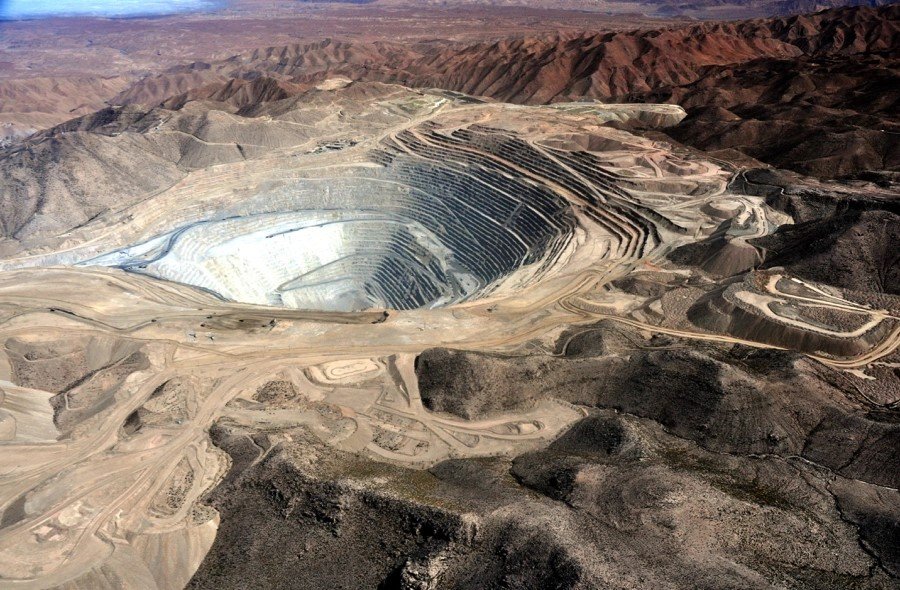Markets are betting in different ways as Thursday’s long-anticipated Consumer Price Index (CPI) report showed a small slowdown in core price inflation, falling 0.1% for a year-over-year increase of 5.7%, down from a 9.1% in June.
When the perceived-as-volatile food and energy prices are added back in, there was a rise in average price inflation of 0.3%. This right-down-the-middle showing on a hotly anticipated price inflation report seems to be fueling a fire in commodity names.
Precious metals and energy assets rose, with gold rising just five dollars short of $1,900 and going over its 200-day moving average. The GDX senior gold mining index up 1.3%, and its big names have risen even higher.
Crude oil came close to $80 a barrel, with Euro oil majors Eni Spa (E), and Total Energies (TTE) making new 52-week highs. Natural gas gained 6.2% mid-way through the day.
Large copper miner index COPX has beaten the Nasdaq by 15% and the DOW by 10% since the start of the year, and several copper names have seen huge jumps.
Southern Copper Corp (SCCO) has gained every day this month, rising more than 20%. Despite a more eco-friendly president in Brazil, Vale SA (VALE) is also trading towards the upper end of its range, following the trend largely of SCCO. BHP Group (BHP) has enjoyed similar performances this January.
A rise in industrial metals and energy are often correlated with positive economic news from China—in this case the reopening, but the copper names were trading well in December after Beijing instituted yet more lockdowns, so the strength is likely to be multifaceted.
In the face of the commodity strength, the major US stock indices traded sideways throughout the day, and the US Dollar Index ($DXY) declined to 102.9, near recent seven-month lows. However the 10-year Treasury yield (TNX), which tends to fall in the face of weaker inflation reflecting a lower risk of lending money to the government, also fell.
In short, the CPI report and dollar weakness wasn’t enough to renew recent soft rallies in the stock market, but neither was it enough to send yields higher.
The Federal Reserve will probably want to wait until next week’s Producer Price Index (PPI), or its preferred Personal Consumption Expenditure Index (PCE) before making any major calls on future interest rate hikes. Several Fed chairholders from various reserve banks have indicated a benchmark interest rate of around the mid-5% is what they want to see by the end of the year.
Some analysts are predicting a 0.25% rate increase—what would be the lowest of the tightening cycle, after the recent CPI which saw US price inflation slow to a lower and lower increase for the 6th month in a row. WaL
PICTURED ABOVE: Toquepala mine in Peru. Copper miners have risen 20% or more since the start of the new year. PC: Southern Copper Corp.
If you think the stories you’ve just read were worth a few dollars, consider donating here to our modest $500-a-year administration costs.



